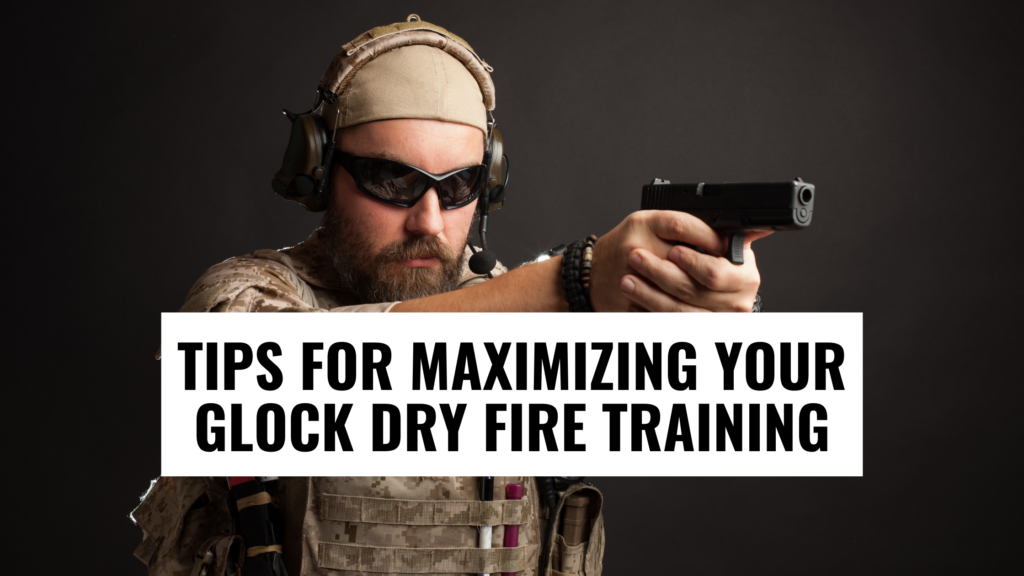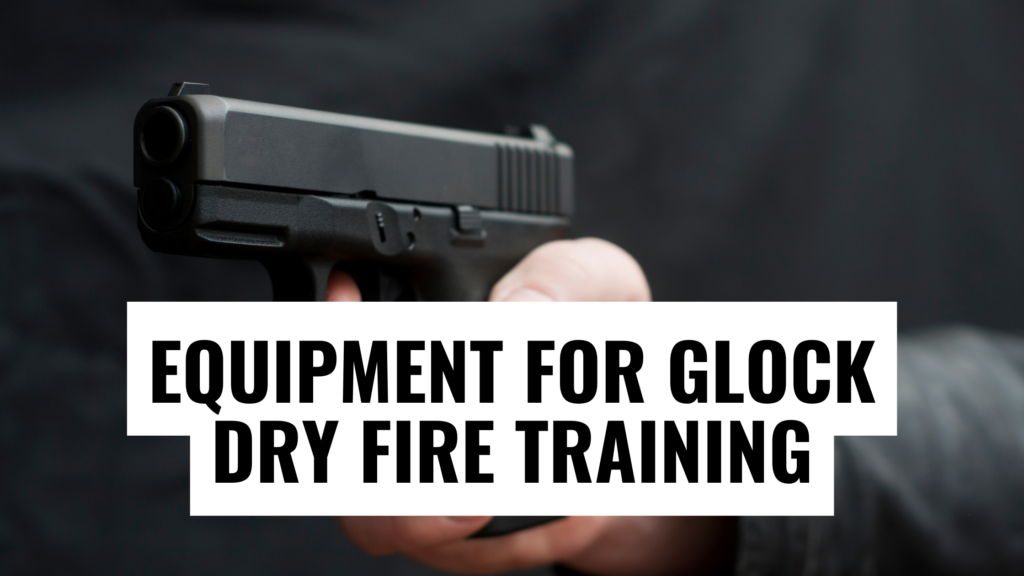Glock Dry Fire Training: The Ultimate Guide to Safe and Effective Practice
Glock dry fire training is an excellent way to improve your shooting skills without firing live ammunition. Dry firing involves pulling the trigger on an unloaded firearm, allowing you to practice various shooting techniques and build muscle memory without the danger and expense of live firing. This guide will help you understand the benefits of dry fire training, the proper techniques for dry firing your Glock, and tips for making the most of your practice sessions.
What is Dry Fire Training and Why is it Important?
Dry fire training involves pulling the trigger on an unloaded firearm. It is an excellent way to improve your shooting skills and develop muscle memory, allowing you to perform better when you are shooting live ammunition. The benefits of dry fire training include:
- Improving accuracy and trigger control
- Building muscle memory and improving reaction time
- Developing safe firearms handling habits
- Saving money on ammunition costs
- Convenient and safe training from the comfort of your own home
Safety Considerations for Glock Dry Fire Training
Before you begin your dry fire training, it is crucial to ensure that you are practicing safely. To prevent accidents, it is important to follow these safety guidelines:
- Always ensure that your firearm is unloaded before beginning any dry fire training
- Keep your firearm pointed in a safe direction at all times
- Do not use live ammunition or any other objects that could potentially cause harm
- Avoid dry firing on hard surfaces, as this can damage your firearm
- Store your firearms and ammunition separately to prevent accidental discharge
Proper Techniques for Glock Dry Fire Training
It is important to use proper techniques to make the most of your dry fire training. These techniques will help you develop good habits, improve accuracy and trigger control, and get the most out of your practice sessions. Some of the best techniques for dry firing your Glock include:
- Focusing on sight alignment and trigger control
- Practicing drawing from a holster
- Performing “snapshots” to improve reaction time
- Practicing shooting at different distances and positions
- Incorporating shooting drills into your dry fire training
Tips for Maximizing Your Glock Dry Fire Training

To get the most out of your dry fire training, it is important to make the most of your practice sessions. Here are some tips to help you maximize the benefits of your dry fire training:
- Practice regularly to build muscle memory and improve your shooting skills
- Set achievable goals for each practice session
- Use a shot timer to track your progress and measure your improvement
- Incorporate different shooting techniques and drills into your dry fire training
- Make dry fire training a part of your overall firearms training regimen
Equipment for Glock Dry Fire Training

To get the most out of your dry fire training, it is important to have the right equipment. Some of the best equipment for Glock dry fire training includes:
- A quality Glock training pistol
- A shot timer
- Dry Fire Mag
- A holster for practicing drawing and shooting
- Targets for shooting practice
Conclusion
Glock dry fire training is an excellent way to improve your shooting skills, build muscle memory, and develop safe firearms handling habits. By following proper techniques, making the most of your practice sessions, and using the right equipment, you can get the most out of your dry fire training and become a more skilled and confident shooter.
FAQs
- Can dry firing a Glock cause damage?
- No, dry firing a Glock is safe as long as the firearm is unloaded and you follow proper safety guidelines.
- Can you use real ammunition for dry fire training? – No, it is not safe to use live ammunition for dry fire training. Always ensure that your firearm is unloaded before beginning any dry fire training.
- What is the best equipment for Glock dry fire training?
- A quality Glock training pistol, a shot timer, laser or LED training cartridges, a holster for practicing drawing and shooting, and targets for shooting practice are some of the best equipment for Glock dry fire training.
- How often should I practice dry fire training?
-
-
- The frequency of your dry fire training will depend on your goals and schedule, but it is important to practice regularly to build muscle memory and improve your shooting skills.
-
5. Is dry fire training only for Glock owners?
-
-
-
- No, dry fire training is not limited to Glock owners. This training technique can be applied to any unloaded firearm and is an excellent way to improve your shooting skills.
-
-

